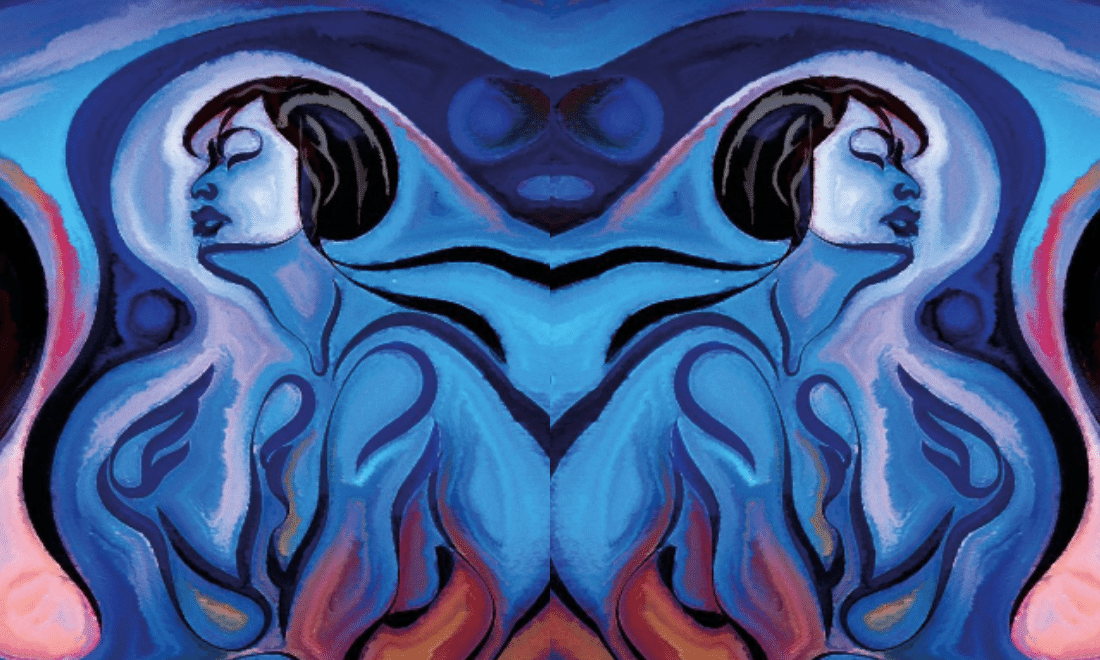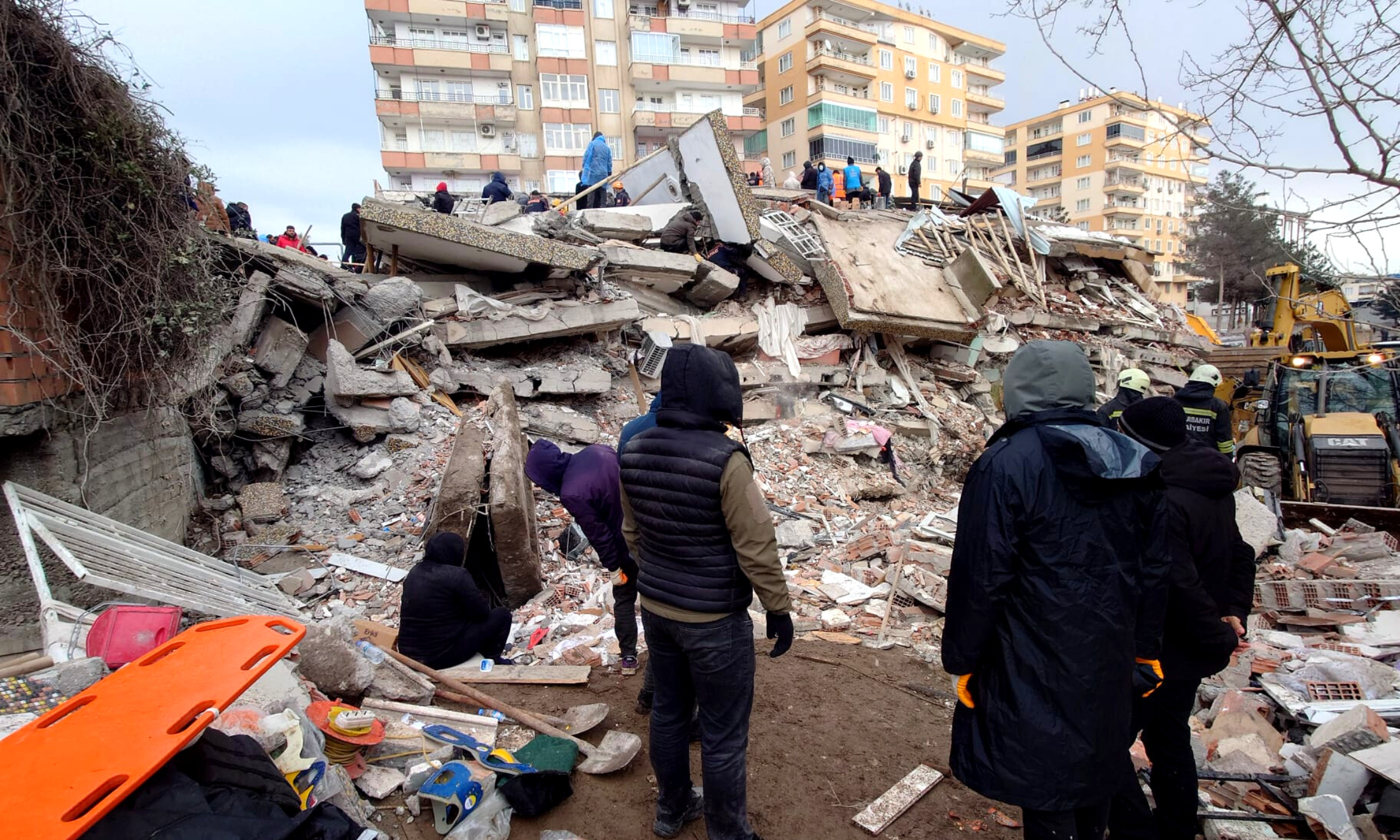
via Penguin Press
‘Trauma decontextualised in a people can look like culture’ – Resmaa Menakem on how racism affects the body
Ahead of the UK paperback release, Rosel Jackson Stern speaks to the author of the New York Times bestseller, 'My Grandmother’s' Hands about the impact trauma has on the bodies of Black people
Rosel Jackson Stern
24 Feb 2021
White supremacy sits in the body. This is the central tenet that Resmaa Menakem’s years of trauma therapy, body centred-psychotherapy and violence prevention speaks to. His New York Times bestselling book, My Grandmother’s Hands, comes out in paperback in the UK this month and guides us through how structural racism lodges itself in the body, to get in touch with its effects and unlock individual and communal healing. To those of us who have coped with oppression by disconnecting from our bodies, Resmaa’s prompts are both instructive and jarring. It’s not just a manual for feeling your feelings, it’s an excavation of the soul.
The book is not a page-turner. It’s not enjoyable or entertaining and more than anything, it requires trust. Trust that you as a reader will be held through your own presence – a kind of intimacy that, to those of us unfamiliar with such closeness, can feel invasive or frightening. After every chapter, Resmaa asks readers to complete the exercises he has developed.
My Grandmother’s Hands is a bodily experience, rather than a literary one. There is a version of the book where the effects of white supremacy on the body are only discussed in theory, but this is not it. To engage with it fully, the reader has to grapple with the traumatic retention of their lineage and scars of racism. Needless to say, it’s a big ask.
“Race is not an intellectual or cognitive exercise, but a political and social construction that leaves scars on our body”
While interviewing him early evening, Resmaas is calm and centred from the moment we pick up our call on Zoom. I noticed how questions about the effects of white supremacy on the body get stuck in my throat and he walks me through the exercises in real-time. Stopping me mid-sentence he asks, “Can we try something?” He asks me to look for the windows and doors in my room, ways in which I can escape. He helps me identify that the stuckness is lodged in my chest. “Just notice the vibe that’s moving in the chest. Is there meaning that’s attached to that vibe?” I reply, sensing into my experience: “It’s defiance. It’s the sense that… White people did this.” Resmaa asks me to stay with this feeling and then ask my question. “This is why I bring it back to the body,” he says. “Because the trauma that we’ve experienced happens so fast that we start thinking fast and we start using our intelligence fast. You’ve got to slow it down because so many things are hooked in with each other.”
My question ends up being less important than what came up for me when asking it. While it hangs between us, Resmaa chuckles and says, “You already answered your question. Defiance. That’s what we owe [as Black people]. We owe it individually and collectively.”
“Trauma, decontextualised over time in a family, can look like family traits. Trauma, decontextualised in a people, can look like culture”
Throughout our interview, we encounter many of these moments that require us to pause and calm our bodies. It reminds us that race is not an intellectual or cognitive exercise, but a political and social construction that leaves scars on our body and nervous system. “In my work, I’m trying to help bodies of culture, Black bodies specifically, to look at this thing through a lens that doesn’t involve their defectiveness.”
In my life, learning to contextualise systems of oppression has been a cerebral practice to temper its daily effects. Formative works by Angela Davis, angel Kyodo Williams and Patricia Hill Collins formed some of the basis for my language about race, gender and sexuality. It felt good to arm myself with knowledge so that I could understand what was happening around me or in the news. Reading this book was a different experience, however.
Never before had I been given instructions about how to tap into myself, locate tension and pain and let it speak out loud. Never before had I been asked to hum and rock slowly as I moved through difficult experiences camping out in my body. “So often we genuflect to the cognitive intelligence as the arbiter of all things true and just. What I’m saying is that there are other intelligences that we have yet to hone both individually and communally.”
Let’s be clear: the practice of locating oppression in the body is a long-held tool of black feminisms. bell hooks writes about the politics of the Black woman’s body in Ain’t I A Woman, Shatema Threadcraft’s Intimate Justice charts the ways reproductive violence inhibits Black women’s free and equal embodiment and Audre Lorde’s poem Recreation renders what happens between bodies. Black women are deeply present in My Grandmother’s Hands, but their role in the genealogy of the book goes mostly unacknowledged.
When I ask Resmaa about how he thinks about misogynoir in his work, he reflects: “I need to do my little piece to clear the way for where Black women, in particular, don’t believe and don’t continue to take on this moniker of fraudulence, racial shame and imposterness. When I think of the Black woman as the first representations of creation on this earth in Africa, that moors me.”
“The trauma that we’ve experienced happens so fast that we start thinking fast and we start using our intelligence fast”
On reflection, this doesn’t satisfy my suspicion of the omission of Black women’s work. Nevertheless, the toolkit Resmaa offers is a useful one. There is a particular kind of world-building that accompanies presence with our bodies. In the moments when we slow down, we can start to identify what we have inherited from past generations. The author explains that: “If something traumatic happens to you, the march of time will decontextualise it. Trauma in person over time can look like personality. Trauma, decontextualised over time in a family, can look like family traits. Trauma, decontextualised in a people, can look like culture.”
As children, we inherit what generations before us needed to know in order to survive: what their nervous system leaned into and recoiled from. Resmaa notes this as traumatic retention. “It’s a holdover, something that we retain, and they have to be interrogated, investigated and moved through in the most gentle and slowest way possible.”
Perhaps the most compelling idea in My Grandmother’s Hands is that culture lives in the body – in the food we eat, the rituals we perform and ways in which we do or do not soothe our own bodies. It means that when we have the capacity to cultivate new cultures among us through embodied practices.
“When I think about a culture of liberation, I’m thinking about that which manifests between us,” Resmaa contends. “When you are swaying back and forth, I’m able to notice that and that something is happening to me when I’m noticing that and doing that with you – I don’t have to tell you things, we understand that that is something. We have to reclaim those pieces, as Black and indigenous and brown bodies.”
In many ways, the most important part of our conversation is what is said between words – just like how the exercises in the book are where the real work happens.





